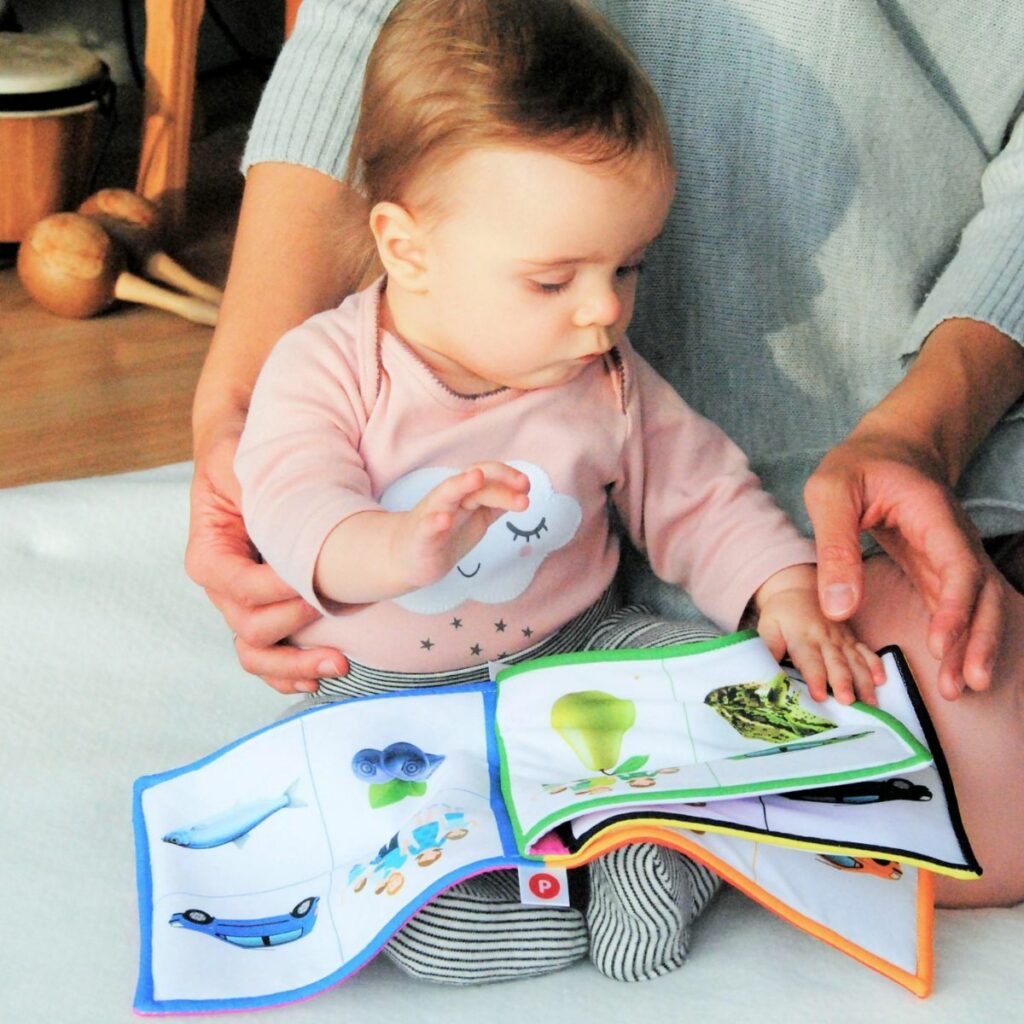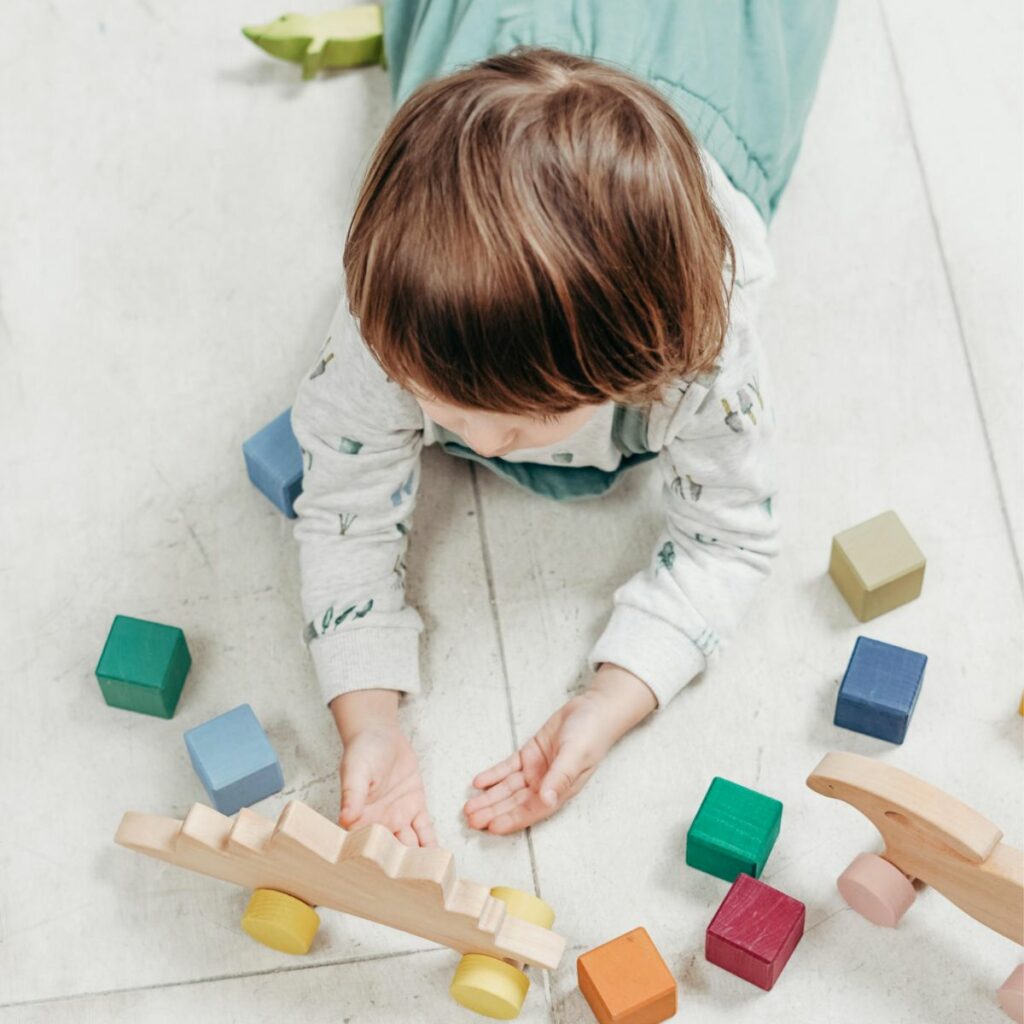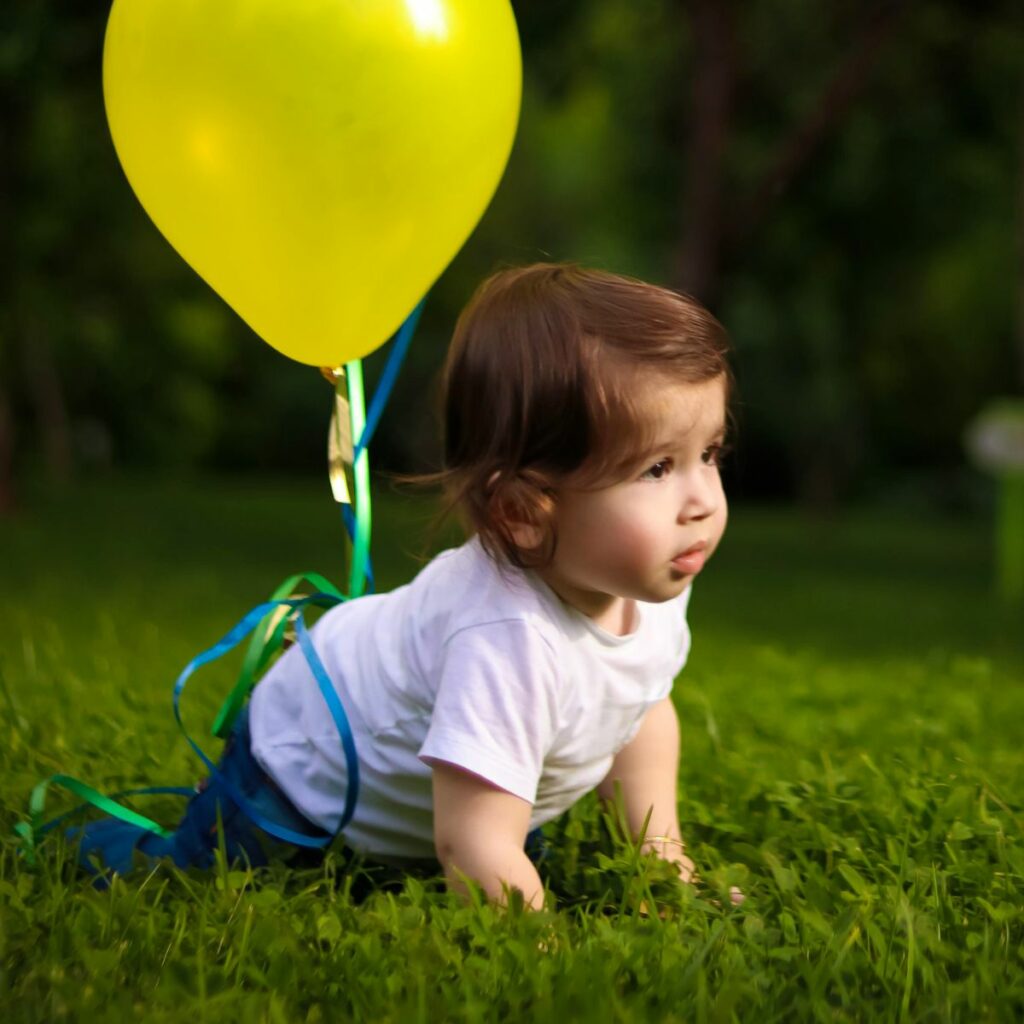The senses are the starting point for all learning. Through them we receive all the information that the brain needs to make sense of the world. When we think of the senses we tend to think of the traditional five: sight, smell, sound, touch and taste but we also know of the two others: the vestibular sense (balance) and proprioception (body and spatial awareness).
As the senses develop so does a child’s ability to recognise what they are experiencing and how they feel about different things. As they gather more information they begin to recognize and remember and base their learning on what they already know. For example, they may like strawberries which are red and round and assume they must also like raspberries which have a similar colour and shape. To know if this is true they have to be tasted. Whatever the outcome (they can’t get enough or they spit it out instantly) vital learning has still taken place.

Any sense or combination of senses can be the starting point for learning something new and the more senses involved the better. Because the brain is so hungry for knowledge it sends out as many sensory processors as possible to send information back to it. In order to make sense of it the brain must learn to integrate it and pull it together to make a complete picture. A bit like a jigsaw puzzle, all the separate pieces do not help us to see what the overall picture is, but all the pieces together reveal the final image.
Each of us has a unique set of experiences, unique body and unique brain which means that we all perceive and interpret things differently. This could be referred to as our own “sensory profile”. As children are constantly growing so their sensory profile is constantly changing in response to their environment and experiences and their senses sharpen depending on the types and amount of stimulation they receive. A child that has lots of visual stimulation will build a strong sense of sight and reliance on their eyes to feed information to the brain. If they do not also get lots of tactile stimulation this can cause gaps in their understanding. For example - a hedgehog may look soft but only by touching so we know how spikey their prickles are.
Physical movement and the senses share a special symbiotic relationship in the learning process. The senses both motivate movement and are stimulated by it. Physical movement stimulates the senses which then pass this information on to the brain for analysis, interpretation, reaction and storage in the memory.
When a child wants something, they work out a way to move to get it. When they get it not only do they learn something about the object but the senses were activated even more, which reinforces the connections in the brain that leads towards deliberate movement.

Sensory input is such a balancing act for children and their brains are constantly trying to find the balance between too much and too little. The way in which babies’ interact with their environment and objects around them might suggest a preference for something, eg. they love things that are soft or noisy. The child’s brain craves new sensations all the time and by showing a preference for something they are often searching for bits of information to complete their understanding.
Striking the right balance is a matter of trial and error. Too little and they might become bored and distracted, too much and they might become overwhelmed and walk away. When they are physically engaged and having fun, you know you’ve found just the right level, however long this may be for.

Sensory integration supports children intellectually, emotionally, physically and socially and providing them with a rich multisensory environment is crucial. Variety and balance is the key. Some activities stimulate just one sense (eg. eye tracking games or simon says). Others invite all the senses to engage at one (eg. a trip to the park playground). It all works and is all hugely beneficial, it is simply a matter of providing a variety of experiences to ensure that all the senses get their turn and are stimulated in different ways.
This is probably already happening each day so long as a child is spending a good portion of their day in active play but there are few ways to help to multisensory integration:
Sensory play enables children to learn what they like and dislike, not what we decide they should prefer. Watch for their reactions and if they seem to dislike a particular experience avoid it for now and perhaps try again at a later stage.
Sometimes the way a child explores an object or environment might get messy, but this is all part of the learning process (eg. what happens if i turn this cup upside down?) So long as it is safe, try to go with it.
We all have things we don’t like. Whatever yours may be, try to not show this to your child. It is important they discover their own personal likes and dislikes and not assume they won’t like something because of the example we have set them.
Look out for opportunities to introduce new and different sensory experiences eg. sitting a baby on the grass instead of a rug. Introduce them slowly and gently and give them the freedom to play in a way they want to - letting their brain, senses and motor tools do the rest. Some examples include:
